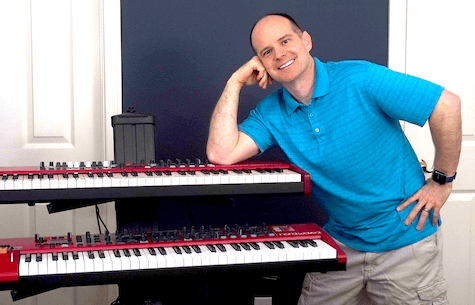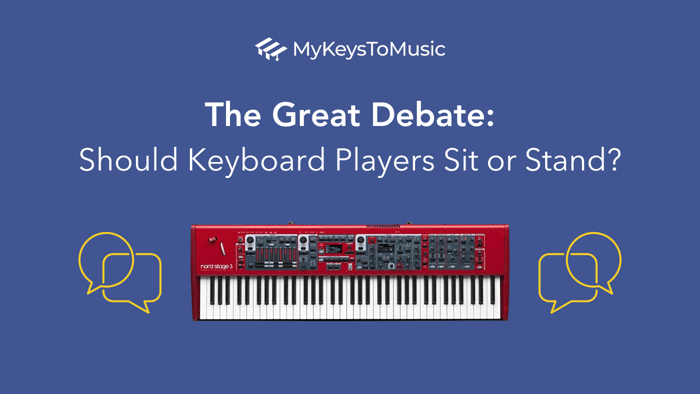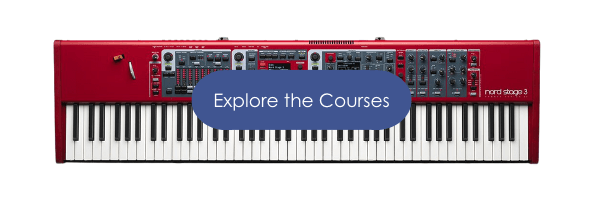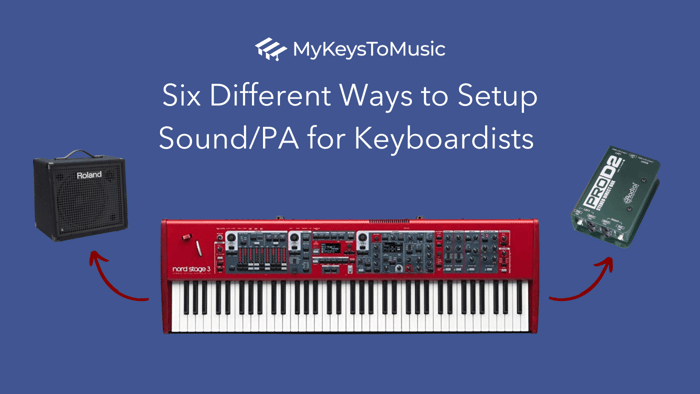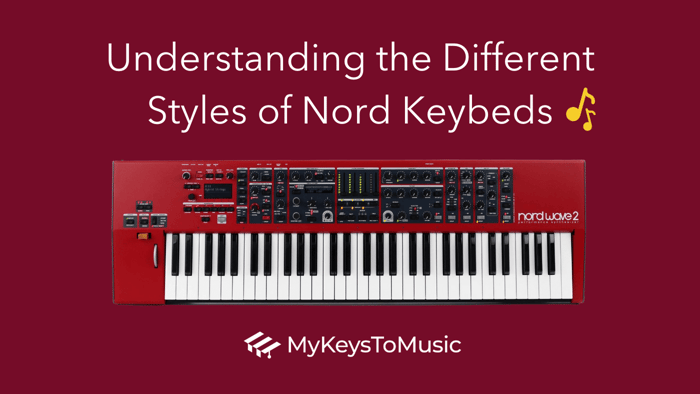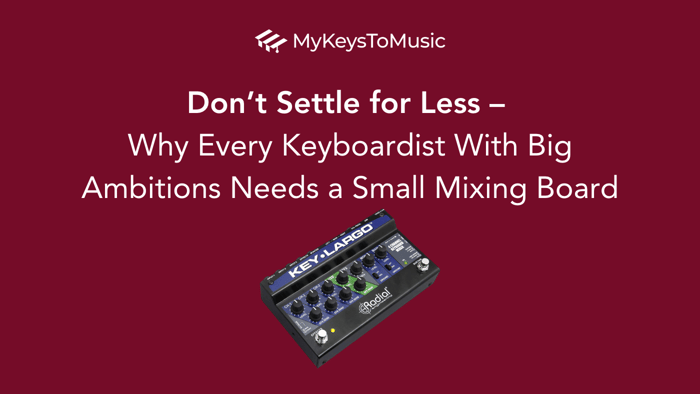Introduction
As a keyboard player, one of the critical decisions you need to make is whether to sit or stand while playing. This seemingly simple choice can impact your performance, comfort, and stage presence. In this article, we will explore the pros and cons of both options to help you make the best decision for your playing style and preferences.
Sitting: The Classic Approach
Traditionally, keyboard players have chosen to sit while playing, and there are several reasons why this has been my go-to method for many musicians.
- Comfort and endurance: Sitting provides better support for your back and reduces the strain on your legs, allowing you to play for more extended periods without experiencing fatigue. This can be especially helpful for those who perform longer sets of play complex pieces requiring a high level of concentration.
-
Stability and control: Sitting down provides a stable base, which can lead to improved control and accuracy, particularly when playing intricate passages or using both hands simultaneously.
- Pedal accessibility: For keyboard players who use sustain or expression pedals, sitting can offer easier access and more precise control over these devices.
Some rock keyboardists choose to sit while playing, providing them with stability, comfort, and control over their instrument. In many cases, if the musician is playing a grand piano, they are almost always sitting unless of course you are Little Richard!

Little Richard, the Great Innovator of Rock and Roll
Here's a list of some notable rock keyboardists known to sit during their performances:

Billy Joel (Solo)

Elton John (Solo)

Christine McVie (Fleetwood Mac)

Gregg Allman (The Allman Brothers Band)

Donald Fagen (Steely Dan)

Jerry Lee Lewis (Solo)

Ben Folds (Ben Folds Five, Solo)

Jon Lord (Deep Purple, Whitesnake)

Nicky Hopkins (The Rolling Stones, The Kinks, and other various artists)

Tony Banks (Genesis)
Standing: The Modern and Engaging Alternative
In recent years, many keyboard players have opted to stand while performing, and this choice comes with its own set of advantages.
- Stage presence and audience engagement: Standing allows for more significant movement and interaction with the audience, which can create a more engaging and dynamic performance. It can also help the keyboard player visually stand out amongst other musicians, particularly in larger bands or ensembles.
- Improved ergonomics: Standing can promote better posture and help prevent the slouching that often occurs when sitting for extended periods. Additionally, it encourages the use of proper wrist and arm positioning, potentially reducing the risk of repetitive stress injuries.
- Versatility and adaptability: Standing makes it easier to switch between multiple keyboards or other instruments, and it can also facilitate seamless transitions to other tasks, like singing or engaging with other band members.
Many rock keyboardists choose to stand while playing to enhance their stage presence and engage with the audience. Here's a list of some notable rock keyboardists who are known to stand during their performances.

Rick Wakeman (Yes, Solo)

Keith Emerson (Emerson, Lake & Palmer)

Jordan Rudess (Dream Theater, Liquid Tension Experiment)

Mark Kelly (Marillion)

Vince Clarke (Erasure, Depeche Mode, Yazoo)

Steve Porcaro (Toto)

Dizzy Reed (Guns N' Roses)

Richard Wright (Pink Floyd)
Conclusion: Weighing the Options
Ultimately, the decision to sit or stand as a keyboard player is a personal one, dependent on factors like comfort, performance style, and the specific requirements of your music. It's essential to consider the advantages and disadvantages of each option and experiment to determine what works best for you.
Some musicians even choose a hybrid approach, such as using an adjustable-height stool or bench, allowing them to sit or lean at their preferred height while maintaining some of the benefits of standing. Whichever option you choose, remember that the key to an outstanding performance is practice, proper technique, and a setup tailored to your individual needs.
Disclosure: This article was created with the assistance of AI technology to help ensure accuracy and quality. While the content was generated using AI, it was reviewed and edited by our team of human writers to ensure that it meets our editorial standards.
Thanks for visiting!
Marc 🎹
My Keys To Music
